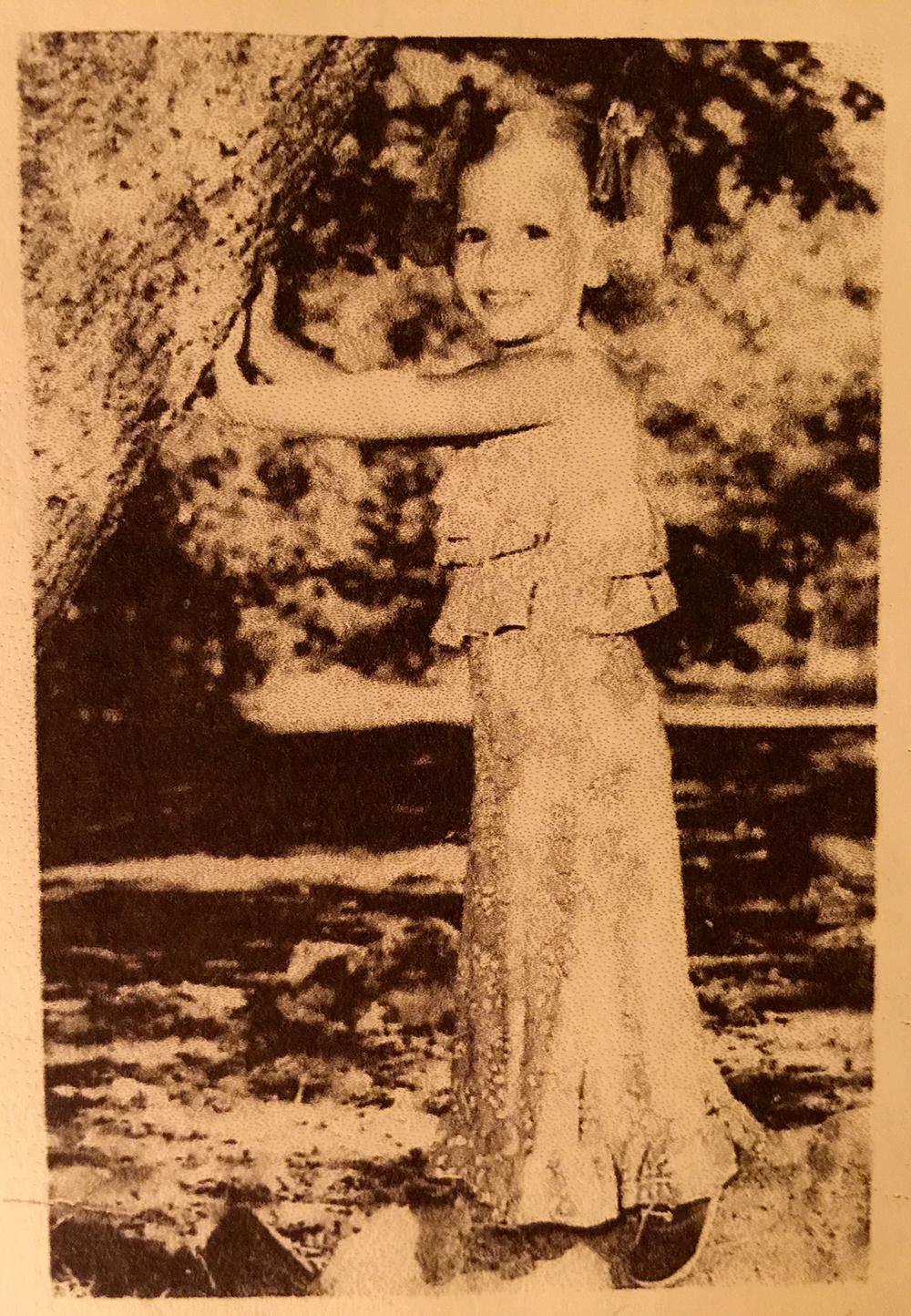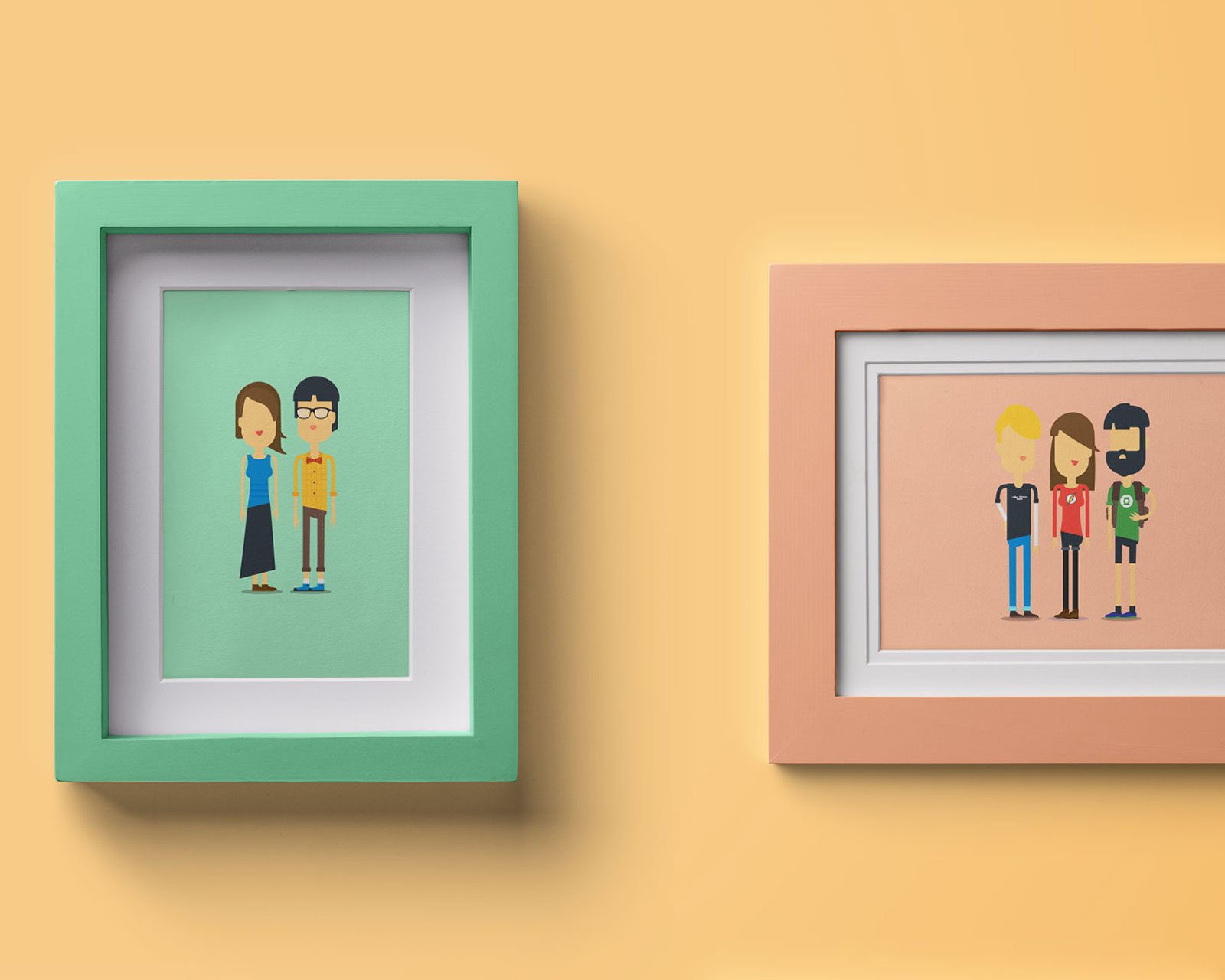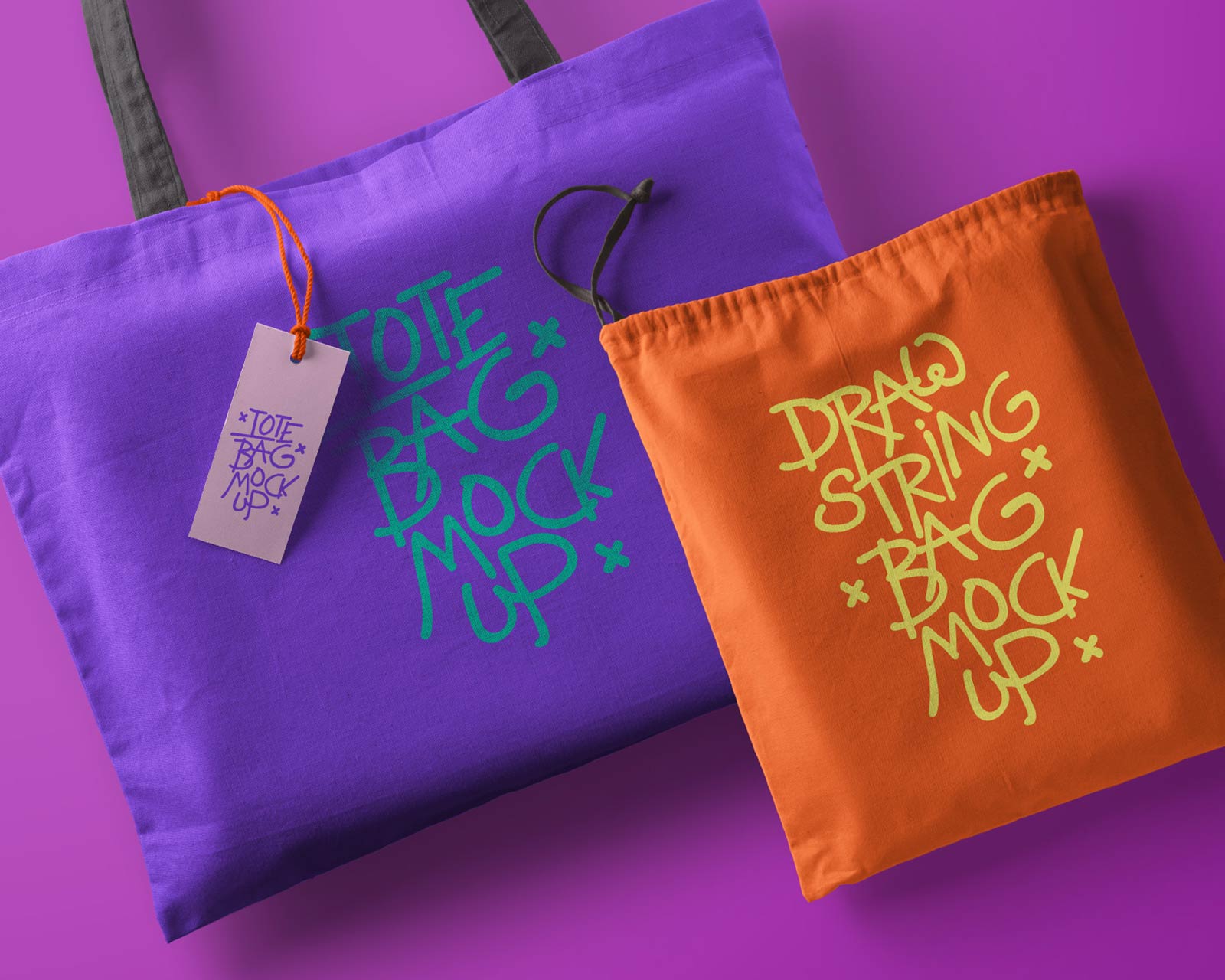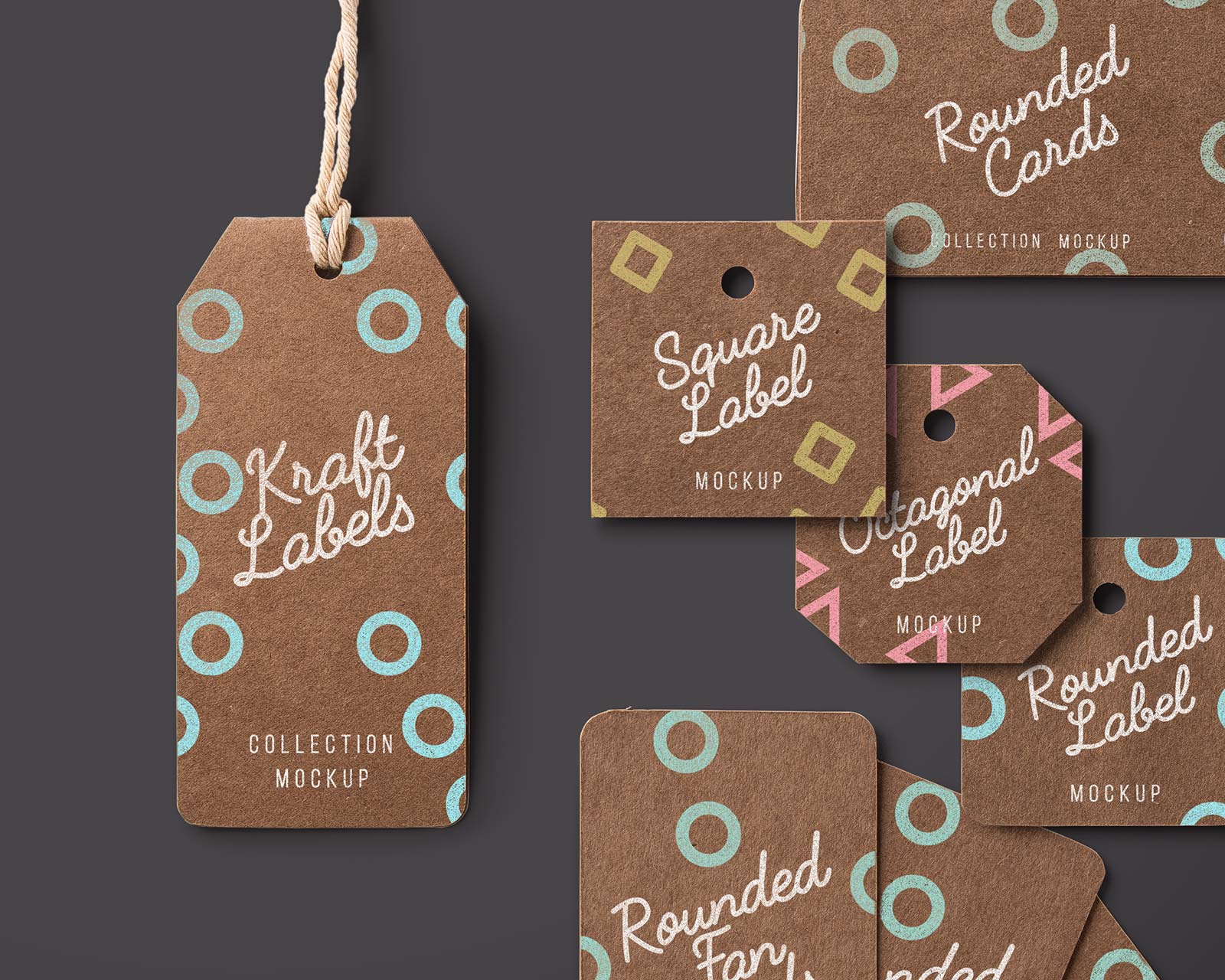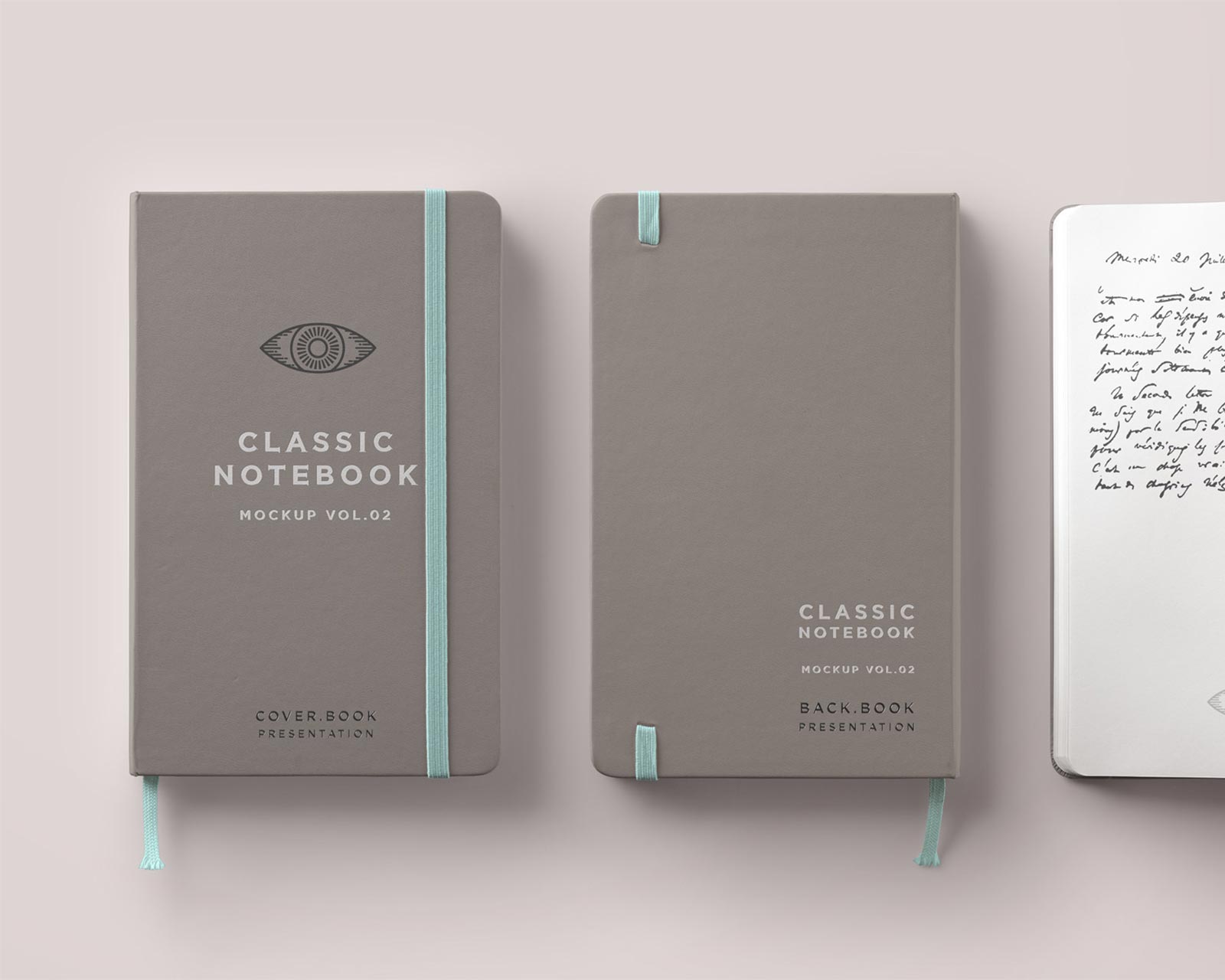Mechele Manno
Mechele Manno
ARTIST. SCHOLAR. CONSULTANT
As an Artist
My initial thoughts consist of comparing things to one another. Correlating the object to its origin, its relationship to its space, then gauging self to what I perceive. These contemplations are key elements to my practice as an artist. The experience of what I see is measured to my instinctual relationship to it. I never question my role as the artist. I ask, “Where am I in the process of building these relationships?” I’m not the observer, nor the narrator; I am the catalyst.
These action-based forms have resulted in a narrowing of focus into a congruent body of work: one process of interaction through intervention and discourse.
A piece is an image.
A piece is a mark.
A piece is a piece of paper.
A piece is a message.
A piece is a definition.
A piece is a word.
A piece is a record of movement.
A piece can be reciprocated.
Visit my artwork pages to see this body of work and/or download my curriculum vitae.
“Process of exchange, gesture, and conversation through action comprise the work that I make. Movement in space – public or private – is the forum.”
Scholarly Work
On my journey to earning a Doctorate in Education, I began a historical exploration of female art leaders in the United States. My research uncovered that for over 200-years in the United States, women have been responsible for the founding and function of major contemporary art museums that patrons have come to idealize. Moreover, pioneering women were catalysts in setting up education programs for women during the 1800s, which shaped the art museum workforce dominated by women today. Despite their overwhelming contributions to museology, female art museum directors are rare in large scale institutions with operating budgets over $20 million.
My doctoral dissertation, Dames Paving Pathways to Directorships. A Study About Female Leaders in Art Museums in the United States, examines this gender dissonance through a series of interviews with women who hold these prestigious positions in large-scale art museums nationwide. Conclusions of my study uncovered that most women in these leadership positions continue to face sexism and bigotry not just from men, but women, too. Unanimously, participants conveyed trying various ways to overcome the barriers they faced such as ignoring it, rising above it, growing from it, addressing it, dismissing it, and even forgiving it. However, after 200-years in art museums, women are still carrying the burden of oppression and discrimination.
Since earning my doctorate degree, I’ve maintained an interest in research and writing on topics of cultural diversity and gender equity in the arts based on Biosocial Theory, coined by Alice Eagly and Wendy Wood in 2013, which contends that humans evolve and can meet the demands of the societies in which they live and serve. I remain committed to uncovering, discovering, altering, and demonstrating women’s capabilities as natural leaders, and in most cases, data shows that women’s leadership style is preferred because of their innate ability to build consensus, to listen, and to respond. As one participant in my study stated, “…[Men] would not acknowledge a question. They wouldn’t unless one of them said it.” I contend that we do not need them to hear us, just watch us and learn!
Prior to earning a doctorate degree, I attended California College of the Arts in San Francisco because uncommon to most two-year Master of Fine Arts programs, they required a written thesis to be granted the terminal degree. At the time, I wanted this theoretical challenge.
Proposed Solution is my thesis project that I wrote in 2002 while in graduate school. At the time, I wanted to write about “context” and used my artwork as a gauge to contextualize the art world that I had come to know intimately. As the title indicates, I established the problems of contemporary art culture first, then I deconstructed the origin and offered an alternative.
Proposed Solution was purposely written to be read like a script. There are five distinct voices identified by fonts. The narrative structure of the document models a script format from the 4 film, The Terminator. In my opinion, both, Proposed Solution and The Terminator are synonymous because they attempt to rectify an impending failed future based on present day actions.
As a Consultant
In my consultancy work, I consider myself as an advocate for organizations, individuals, and communities. I’ve served in official capacities such as a sworn-in civic representative for arts education to leading large scale multi-year strategic planning for public and private colleges and nonprofit arts organizations.
It is my goal to always bring equity-minded professionalism to each project. I strive to fill gaps that are limiting growth and sustainability whether by capacity building or restructuring. My specialties are in data assessment, strategic planning, group facilitation, norm setting, and team building. Clients I’ve worked with range from individuals to complex organizations on small projects within departments that deal with internal assessment to improve business imperatives, and large-scale community-based projects to shift cultural norms that reach thousands of people.
Visit my services pages to see this body of work and/or visit my LinkedIn profile.
“Through consensus-seeking and team-building, I help develop creative solutions that are measurable and flexible for arts organizations making lasting impacts in their communities.”
–Mechele Manno, EdD
About Me
A southern California native, I’ve traveled on quests to see art, to live and to work in areas I deemed cultural centers of personal interest just to be in those spaces as a local and to absorb the essence of their art scene. This is not to say I haven’t traveled on vacations for similar reasons. While my nomadic list is short, my experiences took me to places for periods of time, some longer than expected, such as San Francisco, New York, Philadelphia, and Florence, Italy where I studied Renaissance Art and the language. Today, I call Los Angeles home.
I love LA because of the light. It reminds me of Venice, Italy where the sun radiates off the Adriatic Sea at every turn walking the canals or basking in the sun along the magnificent Laguna Veneta. I also love LA because of the vast access to contemporary art we experience in this City of Angels. Being a Californian means not being tied to any one way of thinking or being. The sky’s the limit here. And we are all too ready to embrace the new. Everyday there are plenty of places to discover, and to be awakened.
Professionally, my career has flourished in the arts. Thank goodness. I’ve been fortunate to find my way in the nonprofit world serving in many administrative capacities in colleges and universities, and galleries and museums. I am constantly inspired by the art world and never tire of it, even if I disagree with something I see or hear and cannot fathom. For me, art is life.
